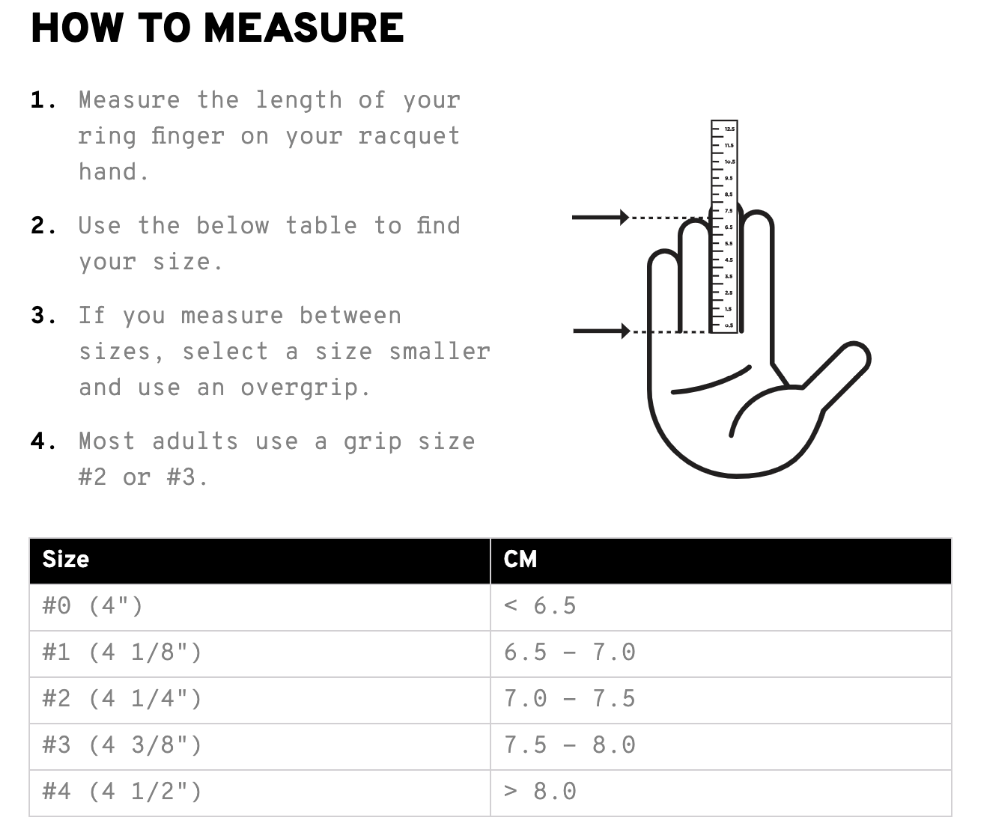Choosing a tennis racquet
With tennis racquets coming in an array of weights, sizes, styles and prices, you’re guaranteed to find one that suits your standard and physical capabilities.
Beginner racquets
Depending on your gender and age, the ideal weight of racquets for beginners will differ. Beginner players should aim to select a lighter racquet less than 285 grams.
Regardless of weight, all beginners should seek racquets with relatively large head-sizes with a big sweet spot – this will provide a greater margin for error.
Pricing
All racquet brands offer similarly weighted and sized racquets with comparable features and price points. Work out how much you want to spend – based on how often you are playing – and go from there. An approach is to start off with a cheaper racquet and look at upgrading as your standard improves.
Racquets in the less than $250 price bracket may not be comprised fully of graphite or contain dampening features, but are suitable for players who play infrequently. More serious, frequent players should look at racquets priced above $300 depending on your budget.
Strings
Beginners can start with the strings that come with the racquet at purchase. If these strings break and need replacing, softer synthetic gut or Multifilament strings are a good options because they’re easy on the arm and great for power and feel around the court. The only drawback is that they break easily due to being soft, especially if you hit with lots of topspin.
More serious players could look at firmer polyester strings. These strings are suitable for players who have a fast swing and can generate their own pace. Being firmer, however, makes them harder on the arm, so players with elbow or shoulder problems should be wary of using them.
For those in the middle – those that break strings often, but find polyester too firm – then a blended stringing pattern is a good approach. This involves using polyester for the vertical strings (mains) and softer synthetic strings for the horizontal ones (crosses). Hybrid’ing in the opposite direction is also possible, whichever string is in the mains will be the string you feel the characteristics of the most.
A good rule of thumb: the number of times you play in one week is the number of times you should re-string your racquet in a year.
Grip sizes
This relates to the thickness of the tennis racquet handle. The right size grip will make tennis more enjoyable and protect you from injury. You can use the simple conversion chart below to find your correct grip size.

Note, most junior racquets come in a one-size fits all (#0 (4 ¼)). The most common grip size for a adult female is a #2 and adult female is a $3.

